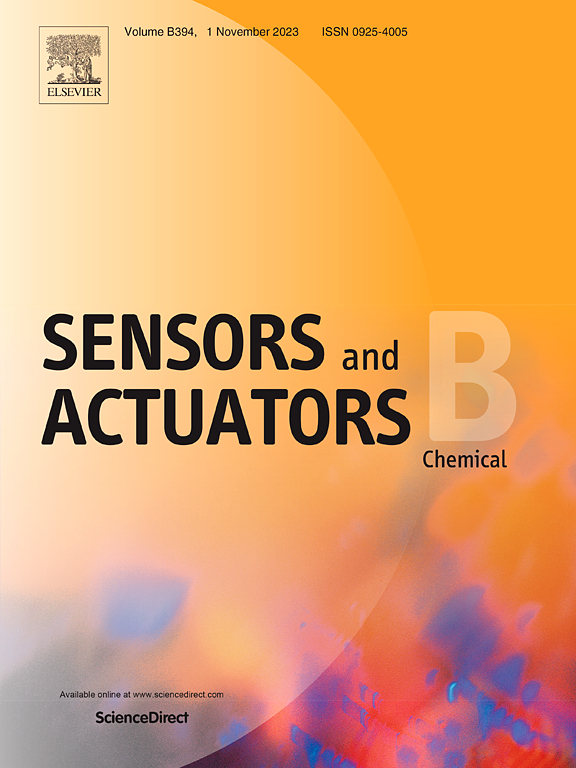Study on Response Characteristic of Ionized Particle Sensor Array in Flue Gas Emission
IF 8
1区 化学
Q1 CHEMISTRY, ANALYTICAL
引用次数: 0
Abstract
Power plant emissions, including PM1, PM2.5, PM4, PM10, SO2, and NO, pose significant health risks. Precise sensing is crucial for identifying these sources; however, conventional detection methods are often complex and bulky, making them inadequate for detecting particulate matter in flue gases. Here, we purposed an array of eight silicon micron-column, three-electrode ionization particle sensors designed for simultaneous measurement of particulate concentrations, gas components, and temperature. In response to exhaust contaminants, high-frequency impulse voltage induces gas discharge between the electrodes, resulting in substantial positive ion production via field-induced and diffusion charging modes. The concentration gradient drives positively charged particles toward the extracting electrode, with opposing forces E1 and E2 accelerating ions from the ionization to the collecting region, generating collecting currents that directly measure the concentrations of both particles, and gases simultaneously. The array utilizes the nonlinear relationship between discharge current and electrode separation to measure multiple parameters, enabling the selective detection of eight contaminants. A support vector machine algorithm analyzes particle concentration values, demonstrating high sensitivity to PM2.5 and PM10, with a reference error below 10%. This cost-effective sensor array directly measures exhaust contaminants, demonstrating its potential for addressing environmental challenges.
电离粒子传感器阵列在烟气排放中的响应特性研究
本文章由计算机程序翻译,如有差异,请以英文原文为准。
求助全文
约1分钟内获得全文
求助全文
来源期刊

Sensors and Actuators B: Chemical
工程技术-电化学
CiteScore
14.60
自引率
11.90%
发文量
1776
审稿时长
3.2 months
期刊介绍:
Sensors & Actuators, B: Chemical is an international journal focused on the research and development of chemical transducers. It covers chemical sensors and biosensors, chemical actuators, and analytical microsystems. The journal is interdisciplinary, aiming to publish original works showcasing substantial advancements beyond the current state of the art in these fields, with practical applicability to solving meaningful analytical problems. Review articles are accepted by invitation from an Editor of the journal.
 求助内容:
求助内容: 应助结果提醒方式:
应助结果提醒方式:


